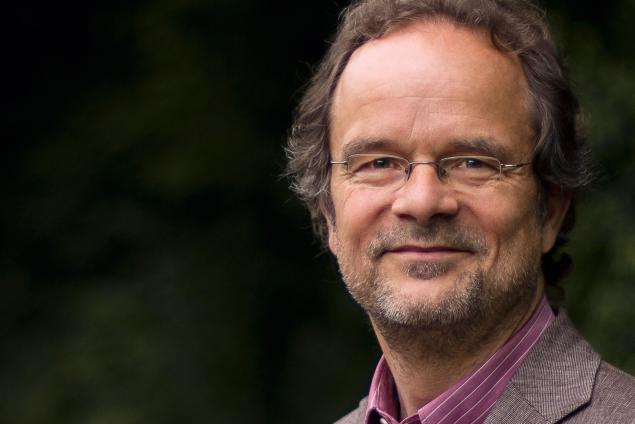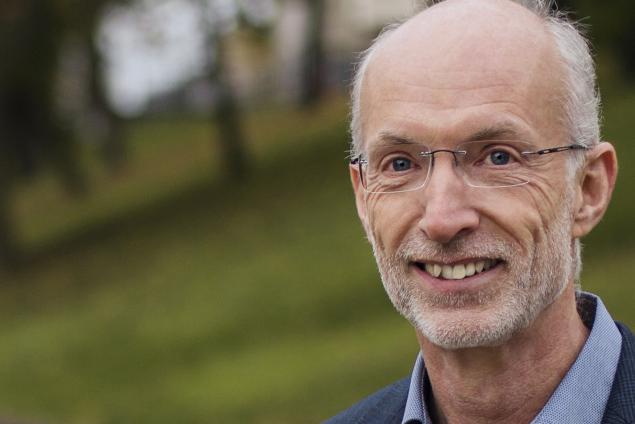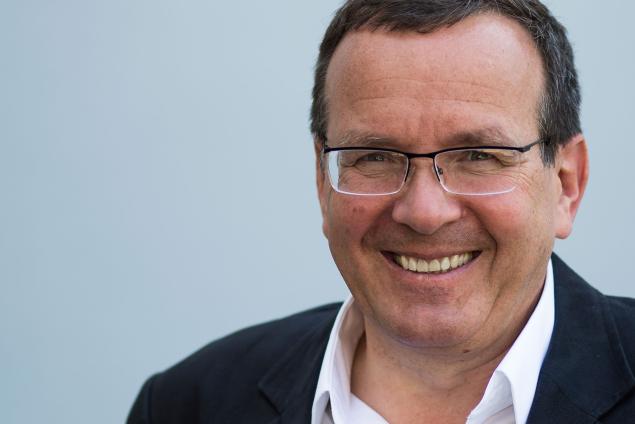The theory of materials science investigates the electronic and structural properties of advanced materials, nano-structures and bio-molecules. In the study explained in this video, the researchers present a novel theoretical method to describe, design and control how molecules and materials in combination with photons may lead to new states of matter with novel emerging properties. The research aims to theoretically find and define new states of matter and potential uses for this new phenomenon, in which atoms, electrons and photons are all entangled. ANGEL RUBIO elucidates why this phenomenon is special for chemistry, for materials science and for the more general concept of finding new quasi particles. The research on new states of matter might be relevant not only for practical applications but also for opening new fundamental research in materials science. A practical application in (bio)chemistry would be to target specific cell-reactions; in materials science, one long term perspective would be to develop more energy efficient devices.
DOI:
https://doi.org/10.21036/LTPUB10297
Researcher
Angel Rubio is Director of the Max Planck Institute for the Structure and Dynamics of Matter in Hamburg, Germany, and Professor at the University of Hamburg. His field of research is theoretical solid-state physics with a focus on developing novel theoretical tools and modeling the characteristics of solid states and nano structures under the influence of electromagnetic fields.
Rubio received the Friedrich Wilhelm Bessel Research Award of the Humboldt Foundation. He is a Fellow of the American Physical Society and the American Association for the Advancement of Science (AAAS) as well as a member of the U.S. National Academy of Sciences (NAS) and the Academia Europaea.
Institution
The Max Planck Institute for the Structure and Dynamics of Matter (MPSD) investigates the
make-up and properties of materials on the atomic and molecular level. Using state-of-theart laser systems, researchers force materials into new and unusual states, for example high
temperature superconductivity, to study the underlying processes. The MPSD’s Theory
Department complements the experimental results with advanced models and simulations
performed on High Performance Computers. The Institute’s researchers collaborate with the
University Hamburg, DESY and many other organisations on the Research Campus HamburgBahrenfeld, giving them access to a unique range of world-class light and radiation sources
such as the Free-Electron Laser FLASH, the synchrotron radiation source PETRA III and the
European XFEL. The MPSD’s research produces entirely new insights into the fundamental
properties of existing and innovative materials as well as their potential applications.
Original publication
Kohn-Sham Approach to Quantum Electrodynamical Density Functional Theory: Exact Time-Dependent Effective Potentials in Real Space
Flick Johannes, Ruggenthaler Michael, Appel Heiko and Rubio Angel
Proceedings of the National Academy of Sciences
Published in 2015
Reading recommendations
Optimized Effective Potential for Quantum Electrodynamical Time-Dependent Density Functional Theory
Flick Johannes, Appel Heiko, Rubio Angel, Pellegrini Camilla and Tokatly Ilya V.
Physical Review Letters
Published in 2015
Creating Stable Floquet-Weyl Semimetals by Laser-Driving of 3D Dirac Materials
Rubio Angel, Hübener Hannes, Sentef Michael A., De Giovannini Umberto and Kemper Alexander F.
Nature Communications
Published in 2016
Quantum Plasmonics: From Jellium Models to Ab-Initio Calculations
Rubio Angel, Varas Alejandro, García-González Pablo, Feist Johannes and García-Vidal F.J.
Nanophotonics
Published in 2016
Unraveling the Intrinsic Color of Chlorophyll
Rubio Angel, Milne Bruce F., Toker Yoni and Nielsen Steen Brøndsted
Angewandte Chemie International Edition
Published in 2015
Insights Into Colour-Tuning of Chlorophyll Optical Response in Green Plants
Rubio Angel, Milne Bruce F., Jornet-Somoza Joaquim, Alberdi-Rodriguez Joseba, Andrade Xavier, Marques Miguel A.L., Nogueira Fernando, Oliveira Micael J.T. and Stewart James J.P.
Physical Chemistry Chemical Physics
Published in 2015
Coherent Ultrafast Charge Transfer in an Organic Photovoltaic Blend
others, Rubio Angel, Falke Sarah Maria, Rozzi Carlo Andrea, Brida Daniele, Maiuri Margherita, Amato Michele, Sommer Ephraim, De Sio Antonietta, Cerullo Giulio and Molinari Elisa
Science
Published in 2014
Show more





